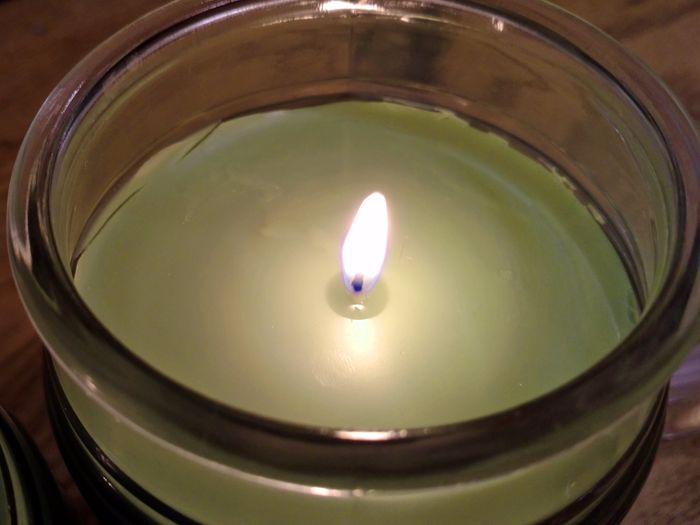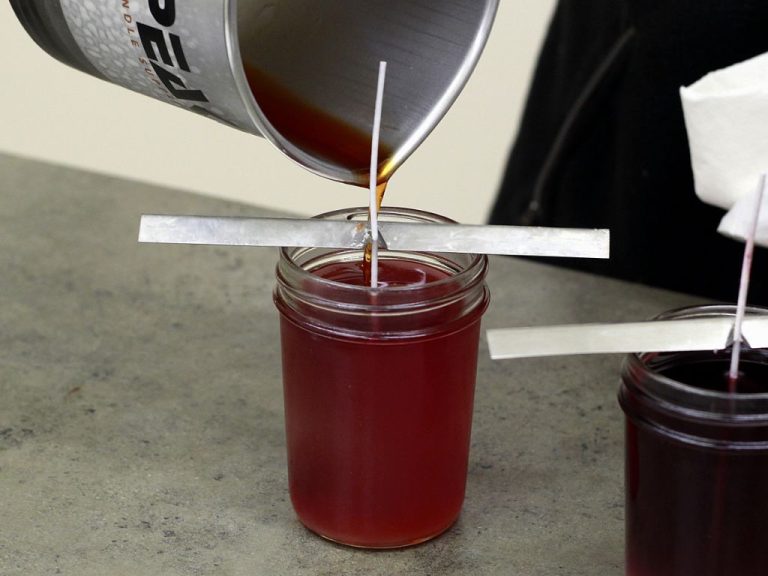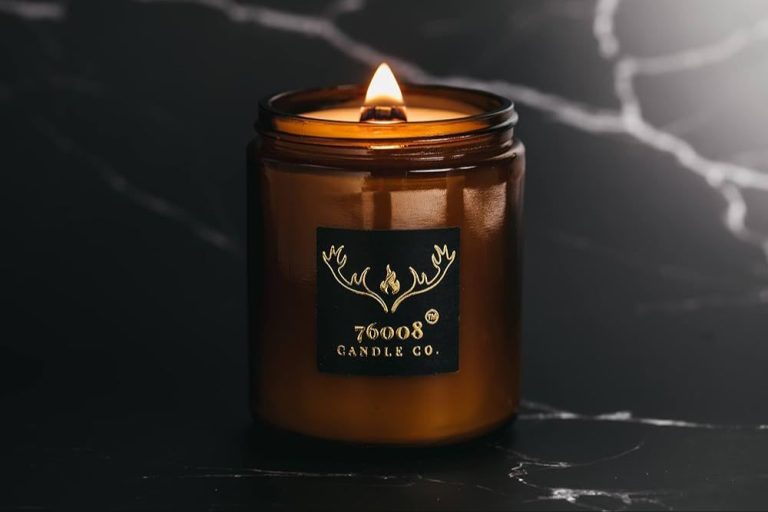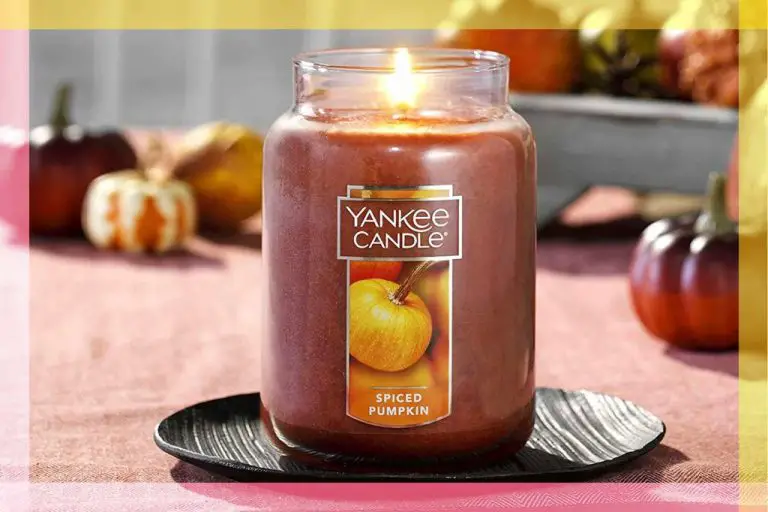What Kind Of Candles Were Used In The 1800S?
Candles were an essential part of daily life in the 1800s, providing light and warmth to homes and businesses before the widespread adoption of gas lighting and electricity. Candlemaking was a major industry, and candles were made from a variety of materials, including animal fat, beeswax, bayberry wax, and spermaceti wax from sperm whales.
High-quality candlemaking was crucial before the 1800s, when work and social activities revolved around daylight hours. The best candles lasted a long time and gave off steady, bright light. Lesser quality tallow or composite candles smoked, gave off faint light, and needed frequent trimming. The development of superior candlemaking methods and materials was an important innovation.
Materials
In the 1800s, candles were predominantly made from tallow, beeswax, spermaceti, and paraffin wax.
Tallow was derived from beef or mutton fat and was the most common candle material in early 19th century America. Tallow candles were inexpensive to produce but emitted an unpleasant smell when burning. The fatty acids in tallow also tended to crystallize, which made the candles brittle.
Beeswax was more expensive than tallow but burned brighter and cleaner. Beeswax candles were often braided or rolled to increase burn time. The main drawback of beeswax was its prohibitive cost, limiting its use to wealthy households.
Spermaceti, derived from sperm whale oil, became popular in the early-to-mid 1800s. Spermaceti produced exceptionally bright, odorless candles. However, overharvesting of sperm whales led to regulations on the whaling industry, reducing the availability of spermaceti.
Paraffin wax emerged in the 1850s as a revolutionary new candle material. Paraffin, derived from petroleum and coal shale, was affordable, burned cleanly, and could be molded into a variety of shapes. Within a few decades, paraffin largely displaced other candle materials.
Wicks
The wicks used in candles during the 1800s were made from natural materials like cotton, paper, and rush. Cotton was one of the most common wick materials. It was affordable and burned evenly. However, cotton wicks needed to be trimmed periodically to avoid issues like smoking. Paper wicks were also used, often being braided or twisted for stiffness. They were inexpensive but also prone to smoking if not trimmed. Rush wicks were stiff reeds that didn’t require much trimming. But they were more expensive and burned very hot, posing a fire risk. Wick materials significantly impacted candle performance in terms of smoke, drips, and more. So chandlers and users had to balance factors like cost, maintenance, and safety when choosing wicks for their candles in the 19th century.
Candleholders
Candleholders came in a variety of materials during the 1800s. Metal, glass, and ceramic were some of the most popular:
Metal: Tin and brass were commonly used metals for candleholders in the 1800s. Tin candleholders were inexpensive and allowed for ornate decorative designs stamped into the metal. Brass candleholders were heavier and more expensive, often found in wealthier households. They ranged from simple holders to engraved designs and elaborate branched candelabras.
Glass: Glass candleholders became popular during the 1800s as glassmaking advanced. Colored, painted, and cut glass designs allowed for beautiful, translucent holders. Glass was also prone to cracking from the candle flame’s heat, so metal bases or sleeves were sometimes used. Glass shades were also used to protect against drafts.
Ceramic: Glazed pottery and porcelain candleholders grew in popularity in the 1800s. Intricate designs and handpainting were applied to these holders. Porcelain from China was especially prized for its delicacy and artistry. Majolica glazes also became popular on candleholders.
Candlemaking
Candlemaking was an important craft in the 1800s, with most candles being made either through the dipping or molding process. Dipping involved repeatedly immersing a wick into melted wax or tallow to create the candle body. Wicks were hung from rods and dunked by hand into a vat of melted wax. The dipping process built up layers of wax on the wick to form the complete candle. Skilled chandlers knew when to stop dipping to achieve the ideal candle thickness. Dipping allowed candles to be made relatively quickly and in large quantities. The dipping process lent itself to taper candles, as it was difficult to form candles of consistent width using this method. For molding, wicks were suspended in purpose-built molds that allowed wax to be poured around them. The molds enabled a variety of candle shapes and sizes to be produced with a high degree of consistency. Molding became more common in the early to mid 1800s, but was a lengthier process than dipping. Both dipping and molding remained labor-intensive methods that relied on craftspeople rather than machines.
Chandlers
In the 19th century, those who made candles professionally were known as chandlers. The chandlery trade involved craftsmen who specialized in candlemaking and the guilds they formed in England and Scotland.
Chandlers would apprentice for years to learn the art of candlemaking. This included skills like preparing materials, forming and shaping candles using molds, and twisting or rolling candles by hand. Chandlers worked long hours over hot wax in sometimes dangerous conditions. But membership in a chandlers guild provided community and certain protections.
The Worshipful Company of Tallow Chandlers, for instance, was one of the oldest trade guilds in London, dating back to the 13th century. Chandlers formed tight-knit groups, regulating their industry and training new candlemakers. Their guilds controlled the quality of candlemaking in their regions. Most villages and towns had member chandlers to meet local demand for candles and soap.
Usage
Candles served vital functions in daily life during the 1800s before the widespread availability of electricity. Lighting was one of the primary uses of candles during this era. Homes, businesses, and public spaces relied completely on candles, oil lamps, and firelight to illuminate interior spaces after dark. Candlelight provided essential lighting for evening activities like reading, sewing, socializing, preparing and eating meals, and getting ready for bed.
Candles were also pivotal for timekeeping before clocks were commonplace. Markings on candlesticks indicated divisions of time as the candle burned down. Longer candles could burn for up to 12 hours, allowing people to track time. The Song of the Candle poem notes, “My divisions, hours and days, to all the world the time displays.”
Candles also played symbolic and ceremonial roles. They were integrated into holidays, birthdays, religious services, and rituals honoring the dead. Families lit candles on Christmas trees and Menorahs during the holidays. Birthday cakes were adorned with candles representing the celebrant’s age. Candles burned on home altars and in places of worship. For memorials and funerals, candles represented the light and life of the deceased.
Innovation in 1800s Candlemaking
The 1800s saw several innovations that dramatically changed candlemaking and resulted in higher quality, affordable candles. One of the most important was the development of paraffin wax, which burned brighter and cleaner than traditional tallow or beeswax candles. Paraffin wax is derived from petroleum and was perfected for candlemaking in the 1850s. It quickly became the dominant candle fuel.
Another key innovation was plaited wicks, which were made by braiding together several strands of cotton thread. Plaited wicks helped candles burn brighter and prevented problems like mushrooming at the tip.
In the 1860s, German chemist Wilhelm S. Von Reichenbach developed a wax hardener called stearin from animal fats. Adding stearin to candle wax made candles harder and slower burning. This allowed candles to retain their shape better while burning. Stearin also made wax more transparent.
These innovations in materials and wicks fueled mass production of affordable, high quality candles. Candles transitioned from being labor intensive and expensive to much more accessible consumer goods.
Decline of Candle Usage
The 1800s saw a decline in candle usage due to the rise of gas lighting and electricity. In the early 1800s, gas lighting became available in major cities, providing brighter and cleaner illumination than candles. Gas lighting spread rapidly across the US and Europe throughout the century. Many cities and towns built municipal gas works to supply gas for street lighting and in homes and businesses.
The development of electric lighting in the late 1800s further reduced the need for candles. Electric lights were safer, cleaner, and easier to use than both candles and gas lighting. As electricity infrastructure expanded across regions, electric lighting entered more homes, businesses, and public spaces. The incandescent lightbulb, invented by Thomas Edison in 1879, became widely adopted and affordable by the end of the century.
While candle usage decreased with these lighting advances, candles did not disappear. Many still used candles for backup lighting or decorative purposes. But the rise of gas and electric lighting transformed candles from an everyday necessity to more of a supplemental lighting source.
Conclusion
In summary, candles played an essential role in daily life in the early 19th century before the widespread adoption of gas lighting and electricity. They provided light, warmth, and ambiance in an era before modern energy conveniences. The candlemaking trade was an important industry that employed many skilled chandlers to handcraft candles from materials like tallow, beeswax, and spermaceti wax.
High-quality candles were prized possessions in early American households. The candleholders used to display them reflected styles and tastes of the times. Despite innovations in materials like paraffin wax, candles began to decline by the late 1800s as they were replaced by superior lighting methods.
But the classic candle still holds nostalgic value and remains popular today. The candlemaking process and antique candleholders from earlier eras give us a window into early 19th century life before the age of electricity.





